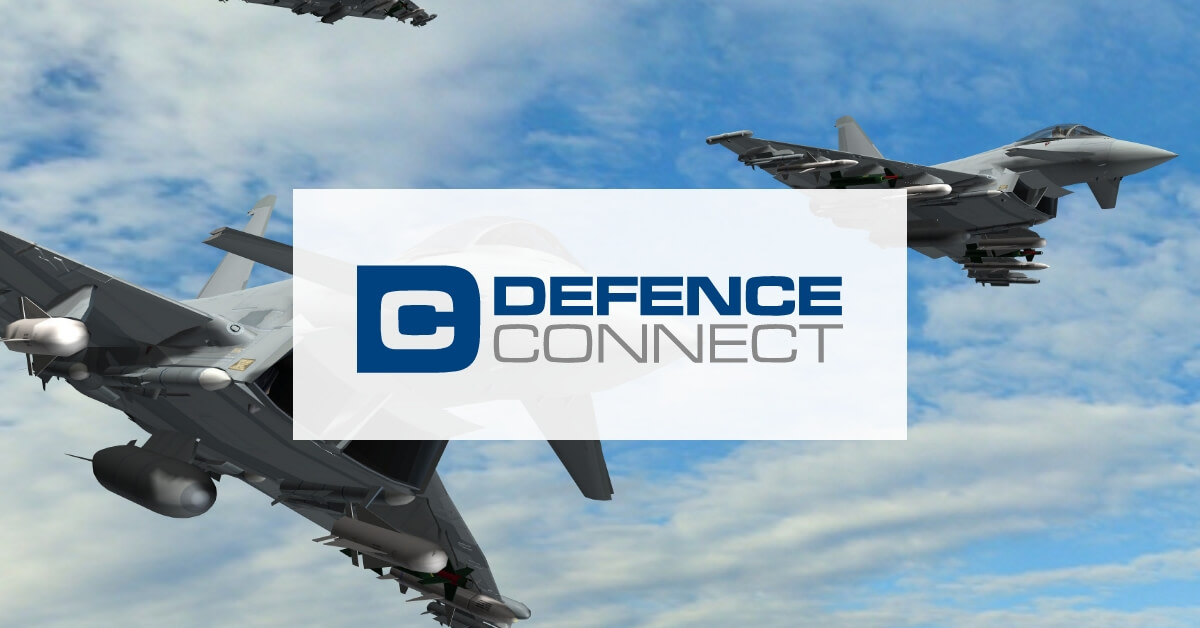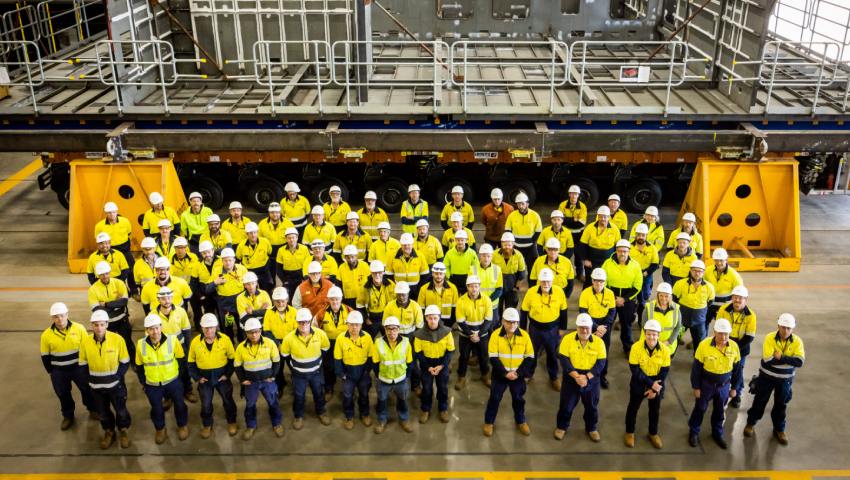And here's the official Defence media release (
link)
Three aircrew safe after helicopter ditched in the Philippine Sea
14 October 2021
Three crewmembers of a Royal Australian Navy MH-60R Seahawk helicopter are safe after ditching their helicopter in the Philippine Sea during a routine flight overnight.
The aircraft was operating from HMAS
Brisbane as part of a Regional Presence Deployment with HMAS
Warramunga, when the crew conducted an emergency landing in the water.
HMAS
Brisbane deployed sea boats and rescued the crew approximately 20 minutes later. The crew received first aid for minor injuries upon their return to HMAS
Brisbane.
Commander of the Australian Fleet, Rear Admiral Mark Hammond, commended the crews of both ships involved for their quick response to the emergency.
“The successful rescue is credit to the devotion to duty and skill of the officers and sailors of HMAS
Brisbane,” Rear Admiral Hammond said.
“Their immediate actions ensured the survival of the aircrew, validating the significant training undertaken in the event an emergency of this nature occurs.”
Both ships continue to search the area for any debris, which will aid in determining the cause of the incident.
“With the aircrew safe, investigating the circumstances that led to the helicopter ditching is the priority at the moment,” Rear Admiral Hammond said.
“As a precaution, we have temporarily paused flying operations of the MH-60R Seahawk fleet.”
Defence is reviewing the impact of the incident on
Brisbane and
Warramunga’s current deployment.


